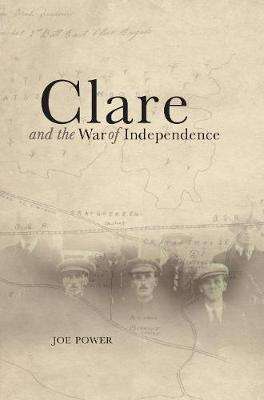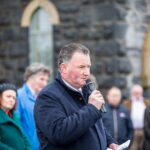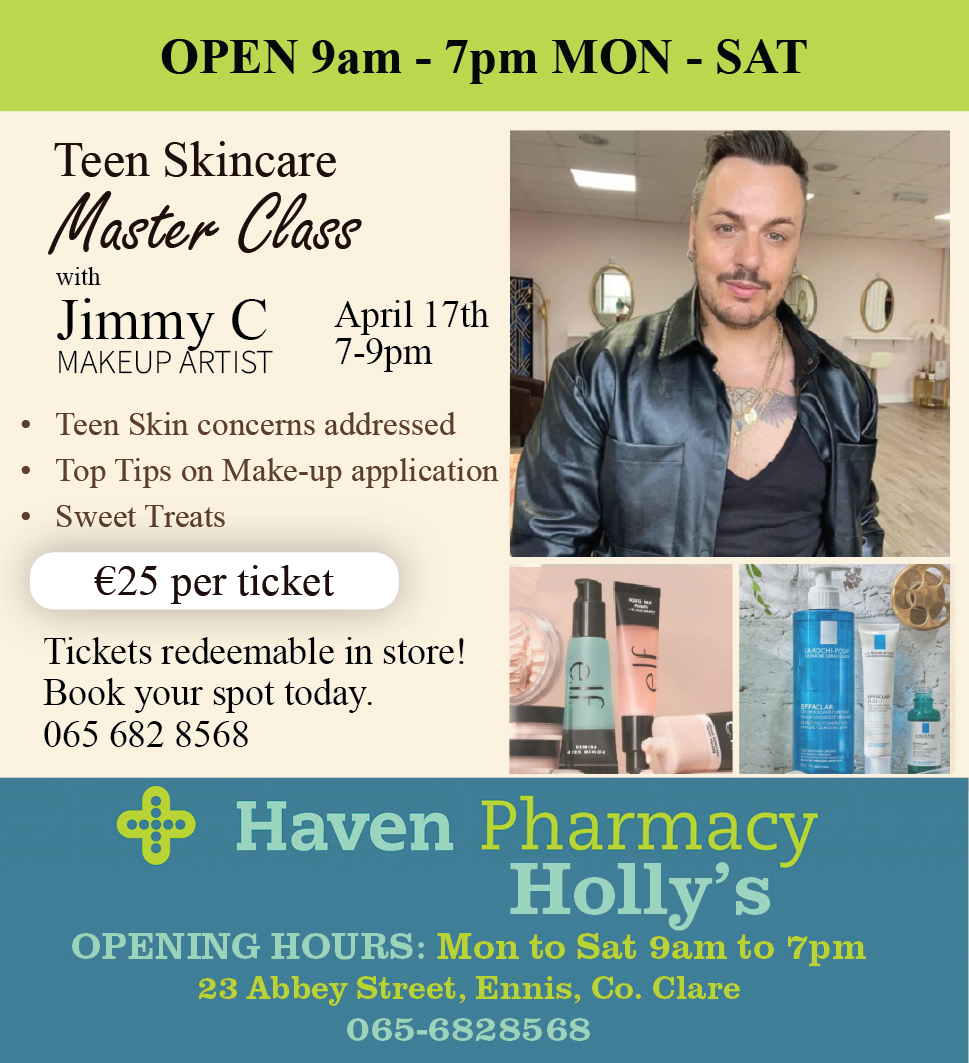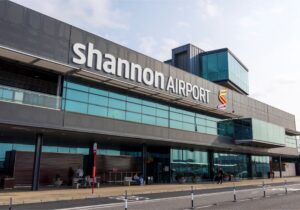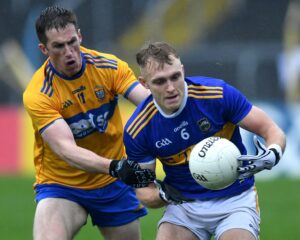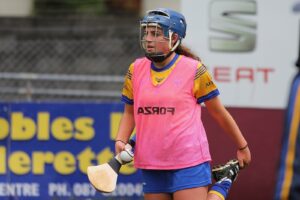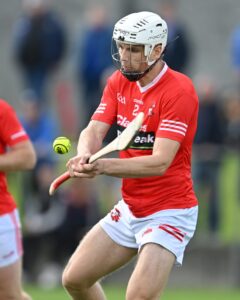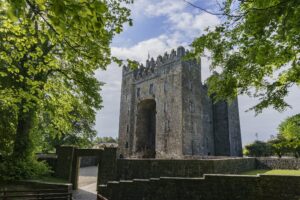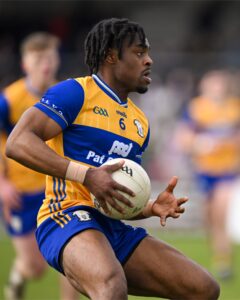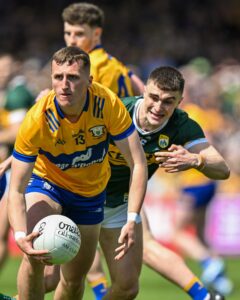Clarecastle born historian, Dr. Joe Power, has released his latest local historical power piece, ‘Clare and the War of Independence‘.
Picking up from where he left off with ‘Clare and the Great War’, Joe’s latest novel tells the story of the members of the Clare Brigade from 1918, focusing in on “an all-Clare perspective” that is comprehensively researched, establishes all the facts and major events as they unfolded as well as refraining from falling privy to the over-indulgent heroic narrative.
From the military campaign, media portrayal by Clare publications at the time, to the Catholic Church and the role of Cumann na mBan in the struggle for independence, Dr. Power has compiled a compelling story that he feels provides a unique insight into the minor deeds and the role played by men and women from a county-wide perspective.
Sitting down with The Clare Echo, Dr. Power outlines his interest in the topic, his multi-faceted approach to research as well as the central truth-telling themes entwined throughout ‘Clare and the War of Independence.’
Now retired, Dr. Power enjoyed a fruitful teaching career in Kilrush for 43 years. He points to an unwavering and firm interest in the War of Independence in Clare, establishing a personal connection to some of the local events that took place:
“I had two uncles who fought in World War One. John Power was killed outright in the battle of the Somme in 1916. The other, Tim Power was shellshocked and never fully recovered, dying in a mental institution in Belfast in the 1960s. My father grew up in Clarecastle, he was born about 1900 and grew up around that time in the 1920s. As well as that, my mother, she was from Tipperary. An aunt of hers was shot and killed by the Auxiliaries in Kilkenny in 1920. I was lucky enough to grow up in Clarecastle in the 1950s and 60s, with the 50-year anniversary taking place in 1966. All the living members of the Mid-Clare Brigade came out parading. I was able to interview a few survivors back in the 70s, like Tim Reilly from Castlefergus. He was one of the founders of the local Sinn Féin club in 1917. He told me all about that and the famous cattle drives. I’ve been hooked on it for a long long time.”
Dr. Power’s research started locally, with the archival centre in Ennis, trudging through old newspaper reports. One invaluable resource was the witness statements released by the leading men of the War of Independence in Clare throughout the 1930s and 40s. The monthly reports produced by the Royal Irish Constabulary (RIC) police force provided key information on issues in Clare at the time.
Through these comprehensively accredited and researched sources, Dr. Power has managed to critically analyse the course of the War of Independence in Clare. The book looks at all the major military operations carried out by the men of Clare during the war and how local news editors positioned these events at the time.
It also traces the actions, views and sway of the church at the time, with Bishop Fogarty standing up as an ardent advocate of Sinn Féin in 1916. He became one of the three main trustees of Sinn Féin, offering huge moral support for the Volunteers. Clare was described, at that time, as being worse than any other county with regards to criminality. Bishop Fogarty replied, “I will tell the world what is wrong with Clare. They have the manliness to stand up against tyranny and flourish the flag in the face of castle hacks, whether off or on the bench.”
‘Clare and the War of Independence’ also looks at the social impact of the war and how it affected transport and the economy. At the time, all markets and meeting were banned by the British, inciting an economic war, by which the IRA retaliated by consistently digging up the public roads so that British convoys were unable to travers the county. To mitigate this, local Clare men were held at gunpoint and ordered to rebuild the road. Joe quips that the same men that were apparently helping to restore the road, were tearing it up again, under cover of darkness. Joe also analyses the prospect of peace and a truce as well as the essential back-up role played by Cumann na mBan in the role of independence.
To conclude, Joe comments, “If you want a story to read, this book is thoroughly researched. I used every source available to me. It’s a compelling story, looking at the role of the men and women of Clare and the impact. It’s not all about the heroics but the minor deeds. In my opinion, it is a unique insight into the events that took place. Rather than as an individual, it looks at the War of Independence from a county perspective. The county is a unit. In terms of the time, there was a deep county loyalty. That’s what I think separates it from all the other local history books”.

